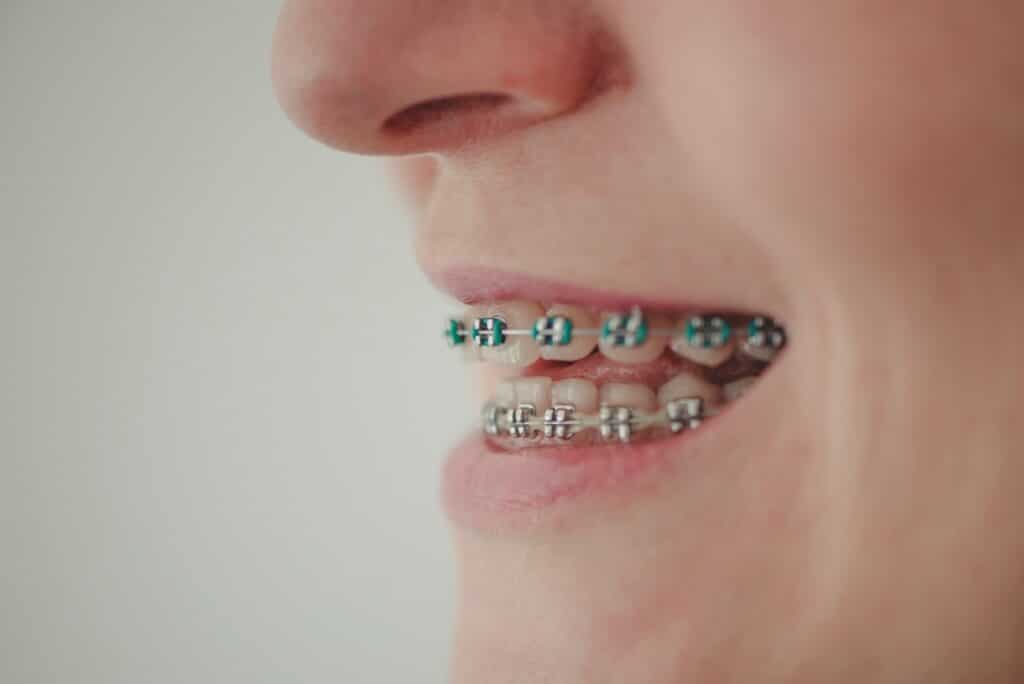
Years ago, metal braces were the traditional—and sometimes the only—treatment for people with misaligned or crooked teeth and other orthodontic issues. Due to advancements in technology, however, other types of braces have been developed, providing patients with more orthodontic solutions. One such option is ceramic braces.
If you or someone you know is exploring any of these two treatments, it might be confusing or even overwhelming to understand each one. To help you figure out these two types of braces, let’s look at how they work and differ.
Metal Braces: Stainless Steel Brackets Bonded to Your Teeth
These work through the arch wires, which apply consistent pressure on the brackets attached to the teeth to align them over time. They can address even the most complex bite malocclusion cases, with treatment usually taking anywhere between 18 and 24 months. Do note, though, that this will depend on the patient’s condition and specific needs.
From being too noticeable and, at times, uncomfortable, traditional metal braces have become smaller, sleeker, and more compact, providing additional comfort and convenience to patients. But there’s no avoiding the aesthetic impact, given that they are visible metal brackets.
They remain the most common option despite the availability of other types of braces and aligners. One factor might be the cost; they are almost always the cheapest solution.
Ceramic Braces: Clear Braces That Are More Discreet
These are made from translucent materials, with pressure gently and gradually applied to the teeth to align them without being noticeable. Treatment duration can take from 18 to 36 months, in some cases taking longer than metal braces to achieve the desired results. While they are suitable for most orthodontic patients, in extreme cases or those where major changes are required to the teeth’s structure, they might be less effective.
Because they are nearly invisible, many prefer ceramic to metal braces since they help maintain a normal appearance while undergoing treatment. They are also generally more comfortable and less painful than metal, as they do not irritate the gums or sides of the mouth.
The higher-quality materials used in these braces affect their cost, making them more expensive than the metal option.
Let Risinger Orthodontics Help You Achieve Your Smile Goals
At Risinger Orthodontics in Glastonbury, Connecticut, we believe that cost shouldn’t stand in the way of achieving a straighter and brighter smile. Contact us today to schedule a free consultation to assess which treatment suits you best and discuss financing options that fit your budget.